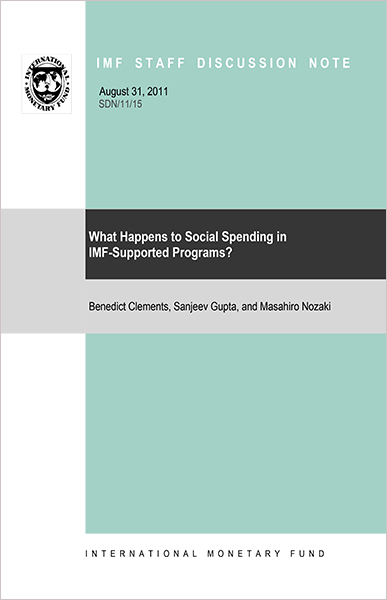Macroeconomy

This Staff Discussion Note finds that education and health spending have risen during IMF-supported programs at a faster pace than in developing countries as a whole. The analysis is based on the most comprehensive dataset assembled thus far for this purpose, with data covering 1985–2009 for 140 countries. Controlling for other determinants of education and health spending, including macroeconomic conditions, the results confirm that IMF-supported programs have a positive and significant effect on social spending in low-income countries. Over a five-year period with IMF-supported programs, spending for education increases by about ¾ percentage point of GDP; and for health, by about 1 percentage point of GDP. IMF-supported programs are also associated with increases in the share of government spending allocated to education and health.
Related Topics
-
Egypt in Figures - Population 2022
2022"Egypt in Figures" is a booklet issued each year by the Central Agency for Public Mobilization and Statistics (CAPMAS). It contains the most...Read More -
Egypt in Figures - Education 2022
2022"Egypt in Figures" is a booklet issued each year by the Central Agency for Public Mobilization and Statistics (CAPMAS). It contains the most...Read More -
Egypt in Figures - Economy 2022
2022"Egypt in Figures" is a booklet issued each year by the Central Agency for Public Mobilization and Statistics (CAPMAS). It contains the most...Read More


